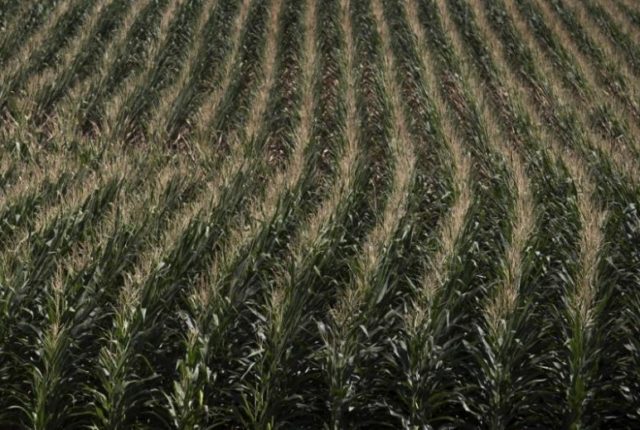Pesticides are an important component within many agricultural and horticultural crop production systems that result in the production of a safe, abundant, and affordable safe food supply. Pesticides are also critical tools in a variety of public health activities.
In forty-three states and Puerto Rico, the state department of agriculture is a co-regulatory partner with EPA and is responsible for administering, implementing and enforcing the production, labeling, distribution, sale, use and disposal of pesticides under the Federal Insecticide, Fungicide, and Rodenticide Act (FIFRA), which establishes a rigorous, scientific evaluation and review process for these tools. NASDA supports the scientifically-sound development, review, registration, and re-registration of crop protection technologies and uses to enable growers to produce our nation’s food, fiber, and fuel. (Policy Statement of the National Association of State Departments of Agriculture on Pesticides, September 2017. Click here to see the entire Statement)


